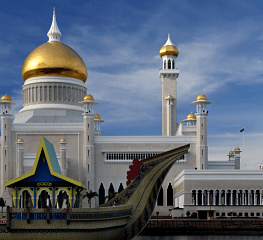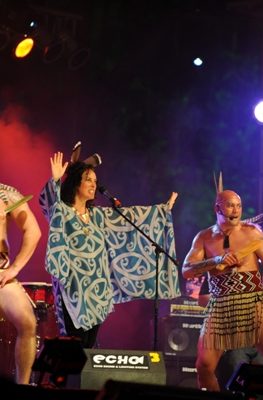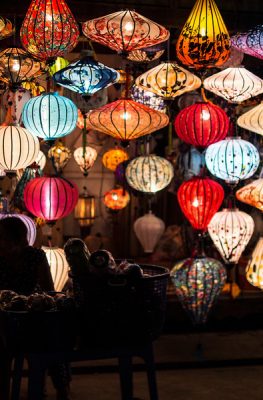Published on January 4, 2010
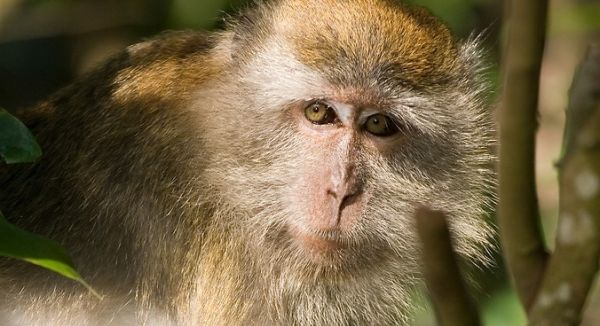
I’m in a protected forest in Cambodia’s Seima Biodiversity Conservation Area, staring through a high-powered telescope at a Great Hornbill. Five minutes before I had little idea what a Great Hornbill was. Now I am gaping in awe at this incredible looking bird, its massive beak curved like a scimitar.
In a neighboring tree a group of monkeys is on the prowl. They are black-shanked doucs, and soon I am eye-balling one through the ‘scope. A recent World Conservation Society study counted 42,000 black-shanked doucs in Seima, along with 2,500 yellow-cheeked crested gibbons – unprecedented numbers for both of these endangered species of primate.
One legacy of Cambodia’s long civil war, which decimated the human population, is a relatively vibrant wildlife population compared with more prosperous and populous neighbors like Thailand and Viet Nam. Cambodia’s birdlife is particularly impressive. The country has some of the world’s last remaining populations of eight critically endangered birds, including the Giant Ibis and three species of vulture. Die-hard twitchers pay hundreds of dollars for the once-in-a-lifetime opportunity to see these birds.
The richest site is the Prek Toal Bird Sanctuary near Siem Reap, which at peak season (Dec-Mar) “rivals anywhere in the world in the sheer number of waterfowl,” according to Howie Nielson, a technical advisor and guide trainer for the Sam Veasna Center (http://www.samveasna.org), an NGO that runs several birding eco-tours in Cambodia. “Every time I’m out there I’m reminded that this is a special place, and it would be tragic if Cambodia couldn’t hold onto it.”
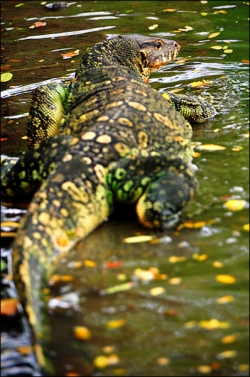
Wildlife observation tours are ecotourism in its purest form. Tourists dollars tempt former hunters to preserve species rather than kill them. But it can be a tough sell, as economic rewards are often elusive. The animals that people want to see – the crocodiles and Philippine eagles of the Philippines’ Northern Sierra Madre Natural Park, the rhinos and tapirs of Peninsular Malaysia’s Taman Negara National Park, the 150 wild elephants of Cambodia’s Seima Reserve – are rare and elusive, making sightings in the wild almost impossible.
Fortunately, there are exceptions, the most notable one being the whale sharks of Donsol in the Philippines. Scientists sill aren’t sure why dozens of these humongous, silver-spotted sea creatures congregate in the bay of this formerly obscure fishing village on the island of Luzon. Locals used to hunt whale sharks, but now former poachers rake in money escorting tourists into the bay to snorkel with them. Sightings are practically guaranteed in the peak months of January to May. And it’s not expensive – a half-day excursion costs as little as US$16, excluding snorkeling equipment. There’s no reason to book through a tour operator – just show up at the Donsol Visitors Center and arrange a boat.
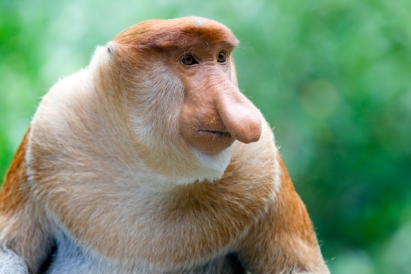
Two other good places to get face-to-face with wild animals are Malaysia’s Kinabatangan River, and the stretch of the Mekong River around Kratie in Cambodia. The trip along the Kinabatangan is a thrilling jungle romp in which you’re liable to see proboscis monkeys, macaques and a dizzying array of birdlife. With a little luck you’ll see orangutans and several species of cat.
In Kratie, the critically endangered freshwater Mekong River Irrawaddy dolphin is the main attraction. Boatmen who once over-fished the Mekong now whisk tourists out for almost-guaranteed sightings of the dolphins, whose numbers have dwindled to less than 100. Cambodian Rural Development Team (CRDT ; http://www.crdt.org.k) is involved in several ecotourism tours in the area and supports alternative livelihood programs for local fisherman.
Several ecotourism projects in the region offer the chance to observe rare animals in a quasi-wild environment. The most famous is surely the 40 sq km Sepilok Orangutan Rehabilitation Center near Sandakan, Malaysia, where at-risk orangutans are brought to rehabilitate before being returned to the wild. It’s touristy but the orangutans are endlessly entertaining, and the center helps defend the declining orangutan population against the twin evils of deforestation and poaching.
Similar centers exist in the Philippines to protect the country’s two most iconic animals – the Philippine tarsier and the Philippine eagle. Eagle protection efforts are centered at the Philippine Eagle Research and Nature Center near Davao on the island of Mindanao. Here about 35 captive-bred eagles roam the skies in a protected tract of jungle.
Phnom Penh-based writer Greg Bloom has written about Cambodia, the Philippines and Malaysia for Lonely Planet and other publications




